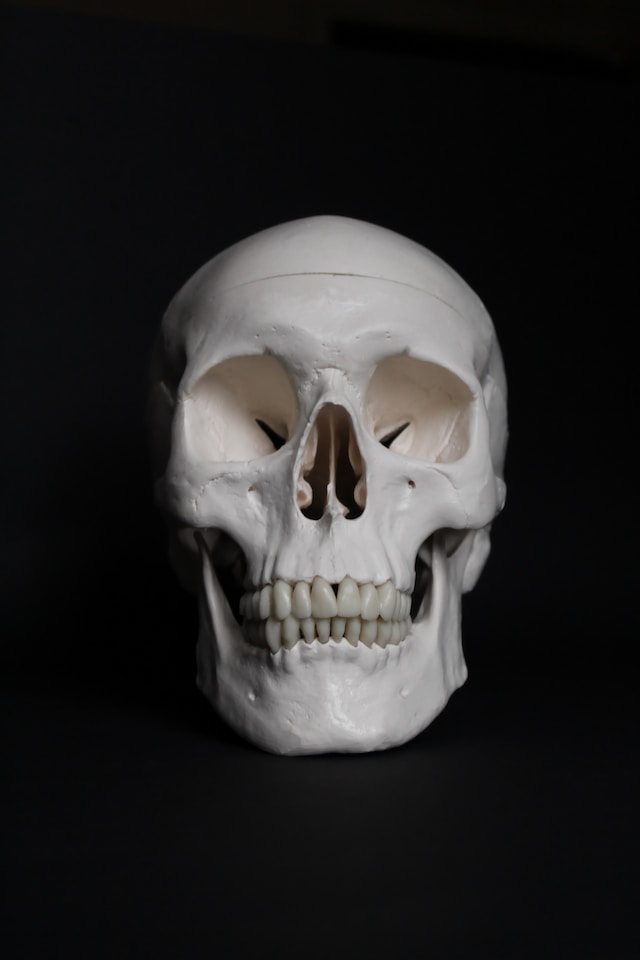An interesting article titled “Expansion of the sagittal suture induces proliferation of skeletal stem cells and sustains endogenous calvarial bone regeneration” written by Zahra A. Aldawood and et. al. appears in Proceedings of the National Academy of Sciences (vol. 120, no. 16, 2023). The article explores a new method to promote bone regeneration in mice.
The researchers discuss how in newborn humans and mice and thse up to arond 2 years of age, calvarial bone defects, on the skullcap, can naturally regenerate. This abiliy to naturally heal damage to the bones that form the top of the skull, is lost in adults. The calvarial sutures are reservoirs of calvarial skeletal stem cells (cSSCs), which are cells responsible for calvarial bone regeneration. The authors believed the regenerative potential of the newborn calvaria is from the presence of a large number of cSSCs in the expanding sutures and set to test this in the study.

Photo by Anne Nygård on Unsplash
The researchers performed experiments to artificially induce an increase in the number of cSSCs in adult mice to see if this could restore their ability to regenerate calvarial bone defects. The authors were able to use a controlled mechanical expansion of the sagittal sutures in adult mice could to increase the number of cSSCs in the sutures. This technique uses a device like an orthodontic wire used to realign teeth to carefully stretch the skull along its sutures, to activate skeletal stem cells residing in wiggly seams. The authors also showed if a calvarial bone defect was created at the same time as a mechanical expansion of the sagittal suture, it could be regenerated on its own.
In adult mice, this technique repaired damage to the skull that otherwise would not have healed on its own. Thus, the controlled mechanical forces can harness cSSCs and induce skullcap regeneration. This has the potential to help lead to new and more effective bone regeneration therapies. Current treatments for damage to the skull are usually bone grafts or implantation of biomaterials that act as scaffolds for bone regeneration, but such approaches are not bullet proof and may lead to complications. The authors hope to not just to heal skull injuries but also fractures in other bones and hope to explaind their technique to promote bone regeneration in future clinical trials.
